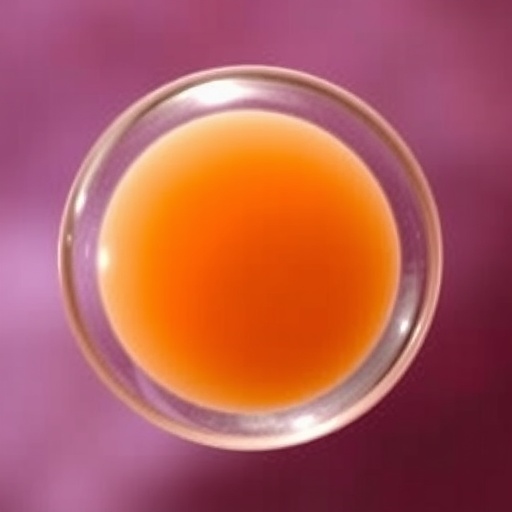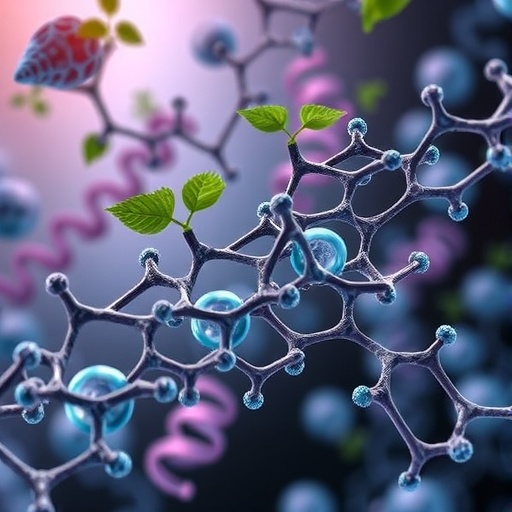In a groundbreaking advancement that could redefine the landscape of reproductive medicine, researchers at Oregon Health & Science University (OHSU) have unveiled an innovative technique that transforms human skin cells into viable egg cells, known as oocytes, capable of supporting early embryonic development. This pioneering approach represents a significant leap forward in the treatment of infertility, particularly for women of advanced maternal age and those who cannot produce healthy eggs due to medical treatments such as chemotherapy.
Published in the prestigious journal Nature Communications, this study presents a novel method that combines unique cellular division processes to overcome long-standing biological barriers in gametogenesis. The technique coined “mitomeiosis” ingeniously fuses elements of mitosis—the cell cycle process responsible for generating identical daughter cells—and meiosis, the specialized cell division that halves the chromosome number in reproductive cells. This hybrid mechanism was developed to yield mature oocytes from fully differentiated somatic cells, a feat previously thought unattainable.
Central to this research is the use of somatic cell nuclear transfer (SCNT), a technique wherein the nucleus of a skin cell is introduced into an enucleated donor egg. Historically famous as the method used to clone Dolly the sheep, SCNT here serves a different purpose: reprogramming a skin cell’s genetic material within the supportive cytoplasmic environment of the egg. This environment prompts the skin cell nucleus to undergo reductive division and genetic reprogramming akin to meiosis, fostering the formation of haploid oocytes with the correct chromosomal composition.
The transformative stage involves the donor egg’s cytoplasm instigating the artificial differentiation process, encouraging the skin cell nucleus to discard half its chromosomes. This step successfully produces haploid cells containing just 23 chromosomes, paralleling natural egg cells’ genomic structure. Following this, standard in vitro fertilization (IVF) techniques fertilize these artificially matured eggs with sperm, culminating in the formation of embryos with the full complement of genetic material, contributed equally by both parents.
Although the researchers successfully generated 82 functional oocytes capable of fertilization, the journey towards clinical application remains a cautious one. Most embryonic developments halted before reaching critical morula or blastocyst stages, with chromosomal abnormalities identified as a common impediment. These anomalies, collectively termed aneuploidies, occur when embryos contain an abnormal number of chromosomes, a known factor limiting embryo viability both in vitro and in natural conception.
Despite these challenges, approximately 9% of embryos advanced to the blastocyst stage by day six post-fertilization, the developmental milestone at which embryos are typically transferred during IVF procedures. While promising, this rate underscores the complexity of faithfully replicating natural egg formation and highlights the necessity for ongoing refinement to enhance genetic stability and developmental competence.
The implications of this breakthrough extend far beyond traditional infertility treatments. According to co-author Paula Amato, M.D., professor of obstetrics and gynecology at OHSU, this technique could potentially offer genetic parenthood options for same-sex couples—a population historically limited by the constraints of gamete biology. By enabling the creation of eggs from somatic cells of one partner, fertilized by sperm from another, the approach could redefine familial genetics and reproductive autonomy.
However, the researchers emphasize that this achievement, while remarkable, remains an early proof of concept. “At this point, we have developed something previously deemed impossible,” notes senior author Shoukhrat Mitalipov, Ph.D. He further elaborates on the novelty of their cellular division strategy, highlighting that traditional biology acknowledges only mitosis and meiosis, whereas their technique introduces a synthetic hybrid pathway with significant therapeutic implications.
Understanding the delicate interplay of chromosome pairing and separation during mitomeiosis is critical to mitigating issues like aneuploidy. This knowledge gap defines the roadmap for subsequent research cycles, where the goal is to perfect chromosomal fidelity and enhance the developmental potential of artificially generated gametes. Success in this endeavor could herald safe clinical deployments, fundamentally transforming infertility care.
In parallel, the technique addresses key limitations plaguing current in vitro gametogenesis (IVG) methods, which commonly involve induced pluripotent stem cells (iPSCs). Traditional IVG typically requires extended culture times and complex differentiation protocols. By circumventing the conversion to pluripotency and directly manipulating somatic nuclei within a native oocyte environment, OHSU researchers have achieved a more expedient and potentially more physiologically relevant gamete production strategy.
The study meticulously followed ethical and safety protocols, adhering to the oversight of the OHSU Institutional Review Board and a dedicated Data Safety Monitoring Committee. This rigorous framework ensured the responsible use of human biological materials and safeguarded participant health throughout the experimental process.
While the promise is immense, the OHSU team is clear-eyed about the timeline ahead. Regulatory hurdles, bioethical considerations, and extensive validation studies must precede any human clinical trials, which may be a decade or more away. Yet, this breakthrough kindles optimism for millions facing infertility and underscores the ingenuity of modern reproductive science in tackling profound biological challenges.
As the scientific community digests these findings, the potential societal impact of mitomeiosis resonates widely—paving a path toward enabling genetic parenthood to a broader demographic, reimagining reproductive medicine, and ultimately, offering renewed hope for families worldwide.
Subject of Research: People
Article Title: Induction of experimental cell division to generate cells with reduced chromosome ploidy
News Publication Date: 30-Sep-2025
Web References: https://www.nature.com/articles/s41467-025-63454-7
References: Nature Communications, DOI: 10.1038/s41467-025-63454-7
Image Credits: Oregon Health & Science University
Keywords: Reproductive disorders
Tags: chemotherapy and egg healthfunctional human eggs from skin cellshybrid gametogenesis breakthroughsinfertility treatment advancementsinnovative fertility solutionsmaternal age and egg productionmitomeiosis cell division methodNature Communications publicationOHSU reproductive medicine researchoocyte development techniquesOregon Health & Science University studysomatic cell nuclear transfer applications





